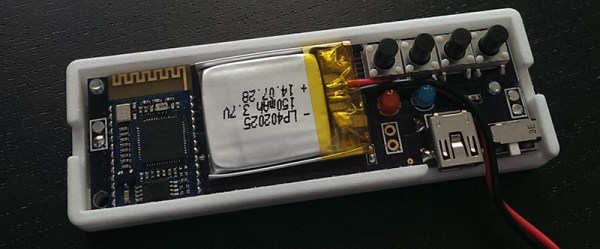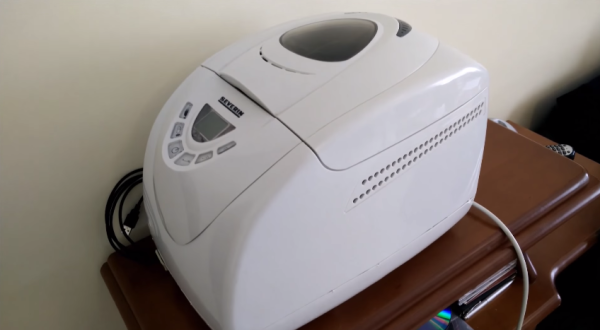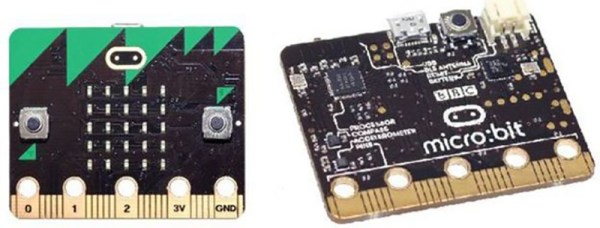Beats headphones are very popular, they’re everywhere, and they sound like trash. That’s a shame, because there’s a century of recorded music out there that sounds really good. [WΛLLTΞCH] forgot about [Dre] and started looking into a better way to listen to music. He came up with bone conduction transducers and started one of the most interesting projects for this year’s Hackaday Prize.
Instead of driving a speaker cone that vibrates the air, passes through the middle ear, and vibrates the eardrum, bone conduction amplifiers bypass the outer and middle ear completely. Not only does this produce a clearer reproduction of sound, but it’s also great for anyone with an abnormality in the ear canal, ear drum, or the tiny bones of the inner ear.
[WΛLLTΞCH]’s first prototype is using a bone conduction amplifier and a cheap Bluetooth module, stuffed into a small 3D printed case. With two 1W transducer modules, it was enough for a proof of concept. The final design is vastly more integrated, with a dedicated Bluetooth audio module. To this, [WΛLLTΞCH] is adding microphones and the ability to take calls over Bluetooth. It’s a great project, and something that could make a great product, something we’re also looking for in this year’s Hackaday Prize.









 Since she was going with an oscilloscope style vector scan rather than the raster scan the screen electronics were originally designed for, [ErikaFluff] had to create her own horizontal and vertical deflection circuits. Horizontal scan is created by a 555 timer generating a sawtooth wave at 75 Hz. Vertical deflection is via an LM386 driving a hand wound impedance matching transformer. The high voltage flyback transformer and its associated driver circuit were kept from the original CRT, though repackaged to make them as small as possible.
Since she was going with an oscilloscope style vector scan rather than the raster scan the screen electronics were originally designed for, [ErikaFluff] had to create her own horizontal and vertical deflection circuits. Horizontal scan is created by a 555 timer generating a sawtooth wave at 75 Hz. Vertical deflection is via an LM386 driving a hand wound impedance matching transformer. The high voltage flyback transformer and its associated driver circuit were kept from the original CRT, though repackaged to make them as small as possible.













